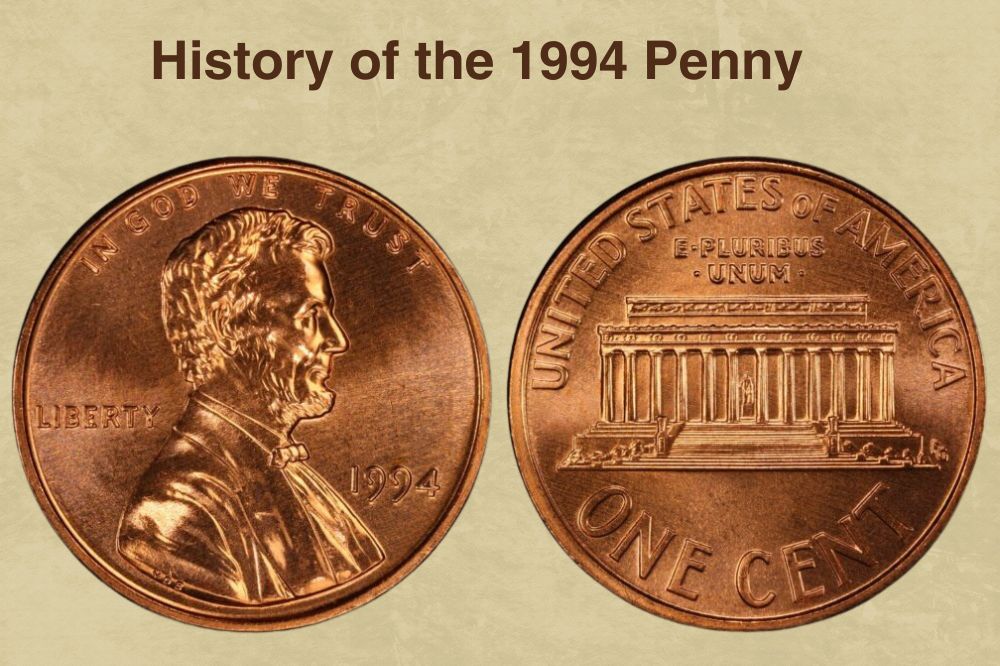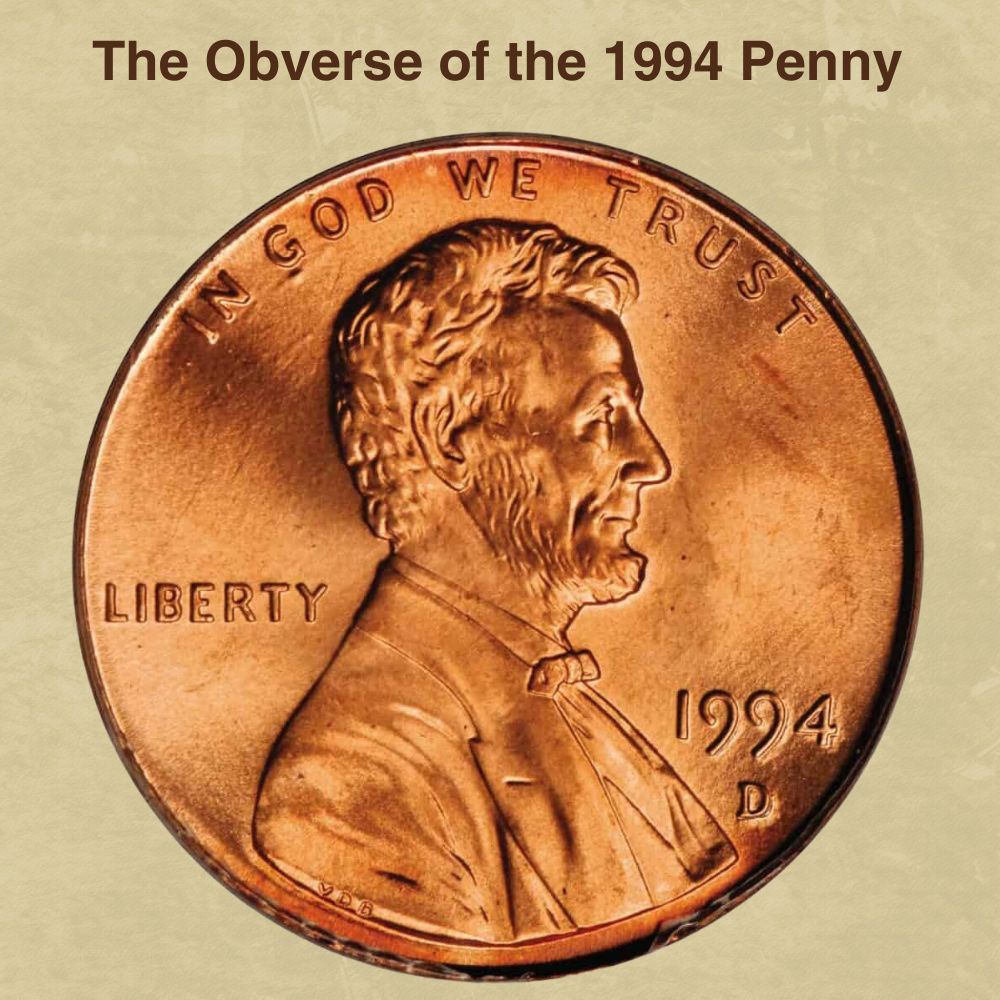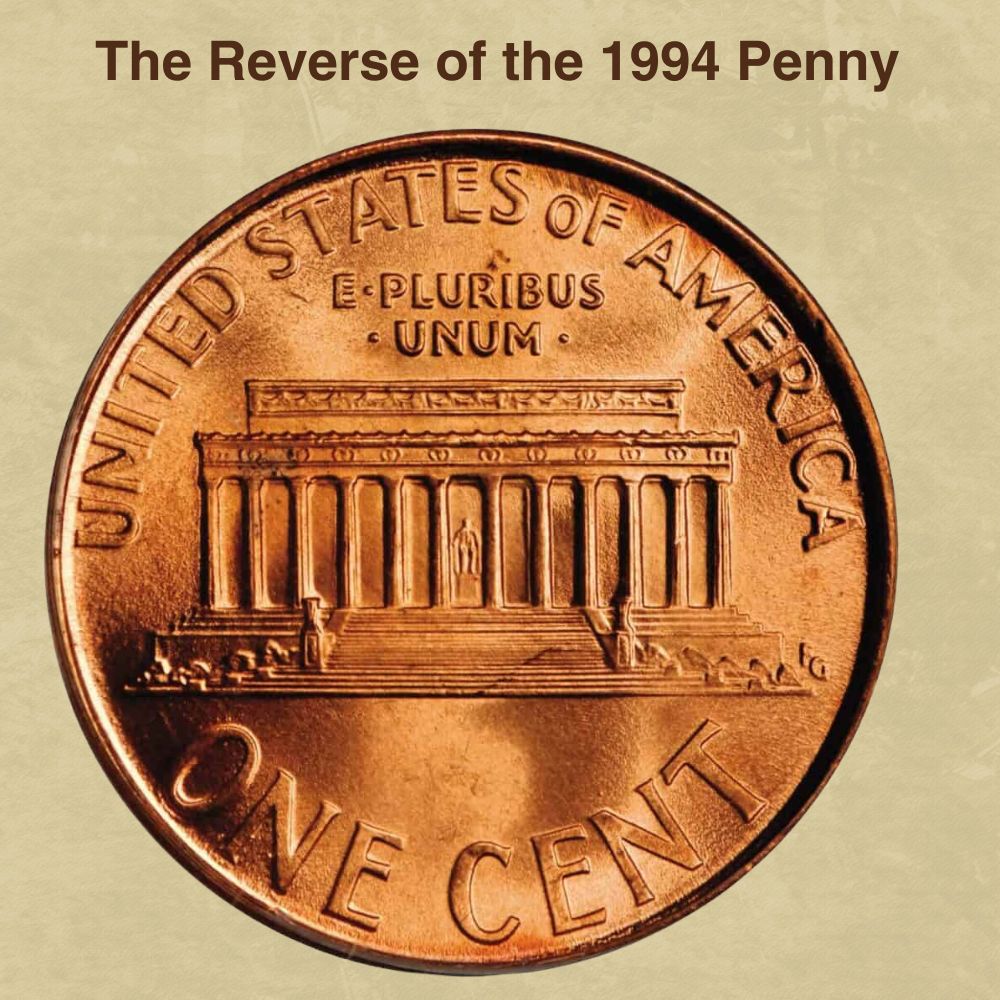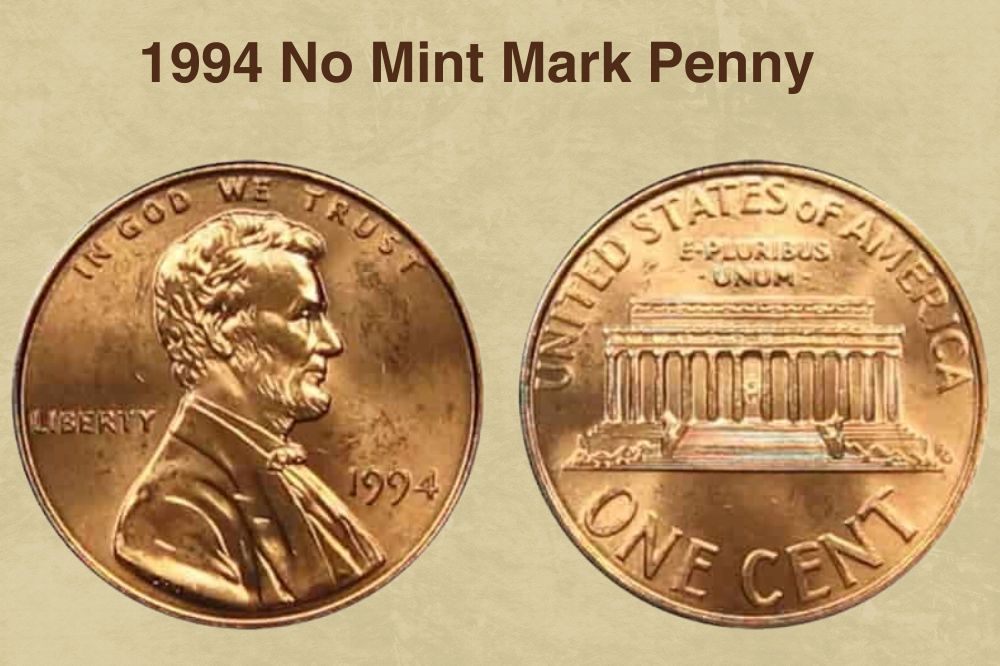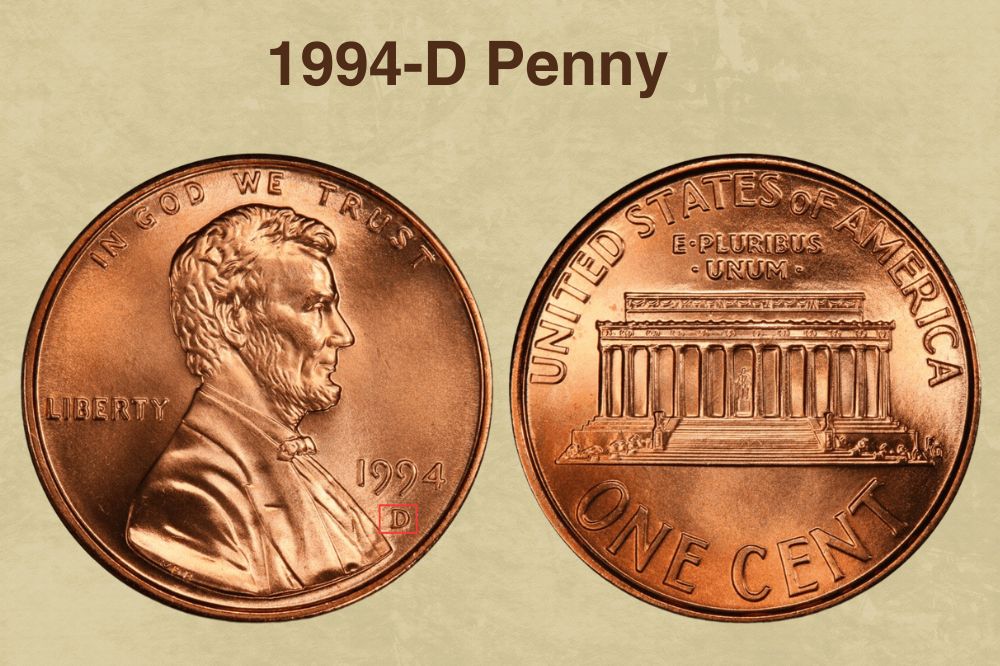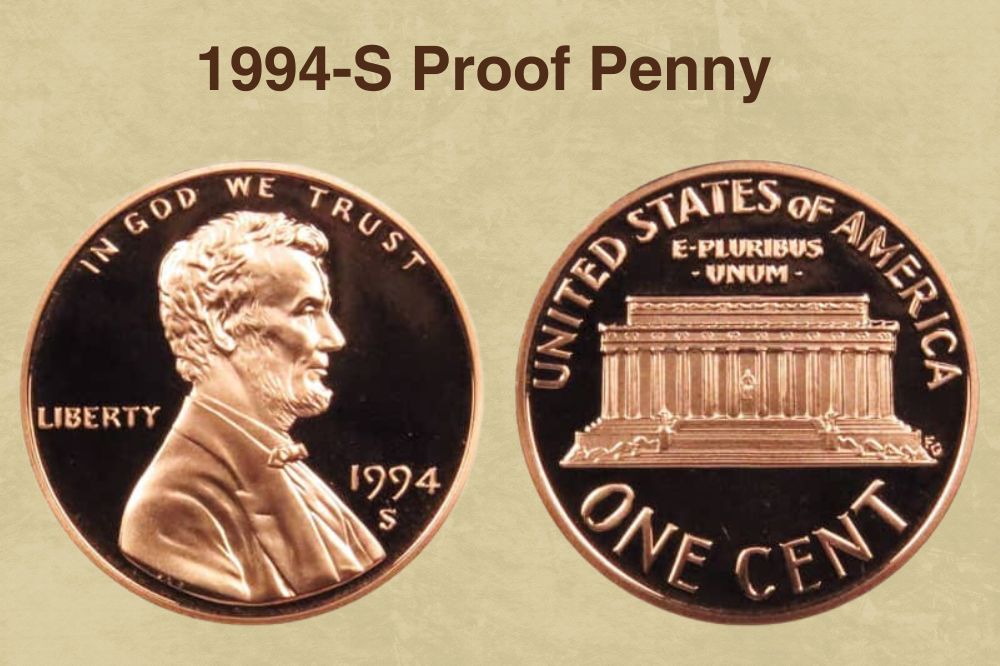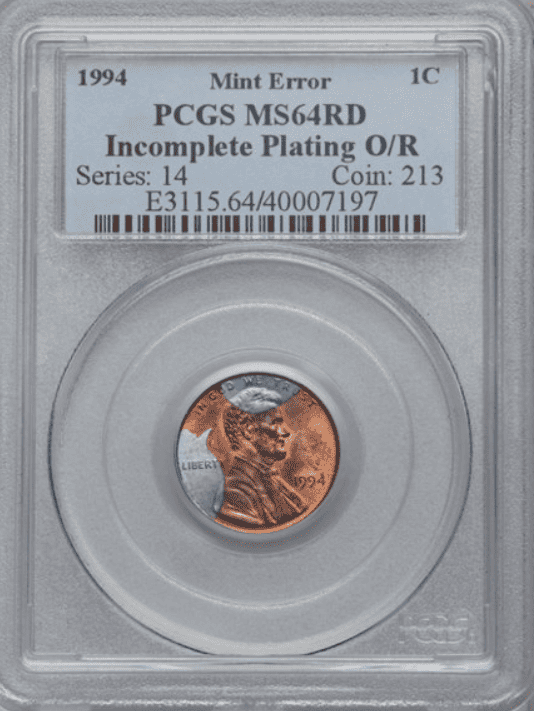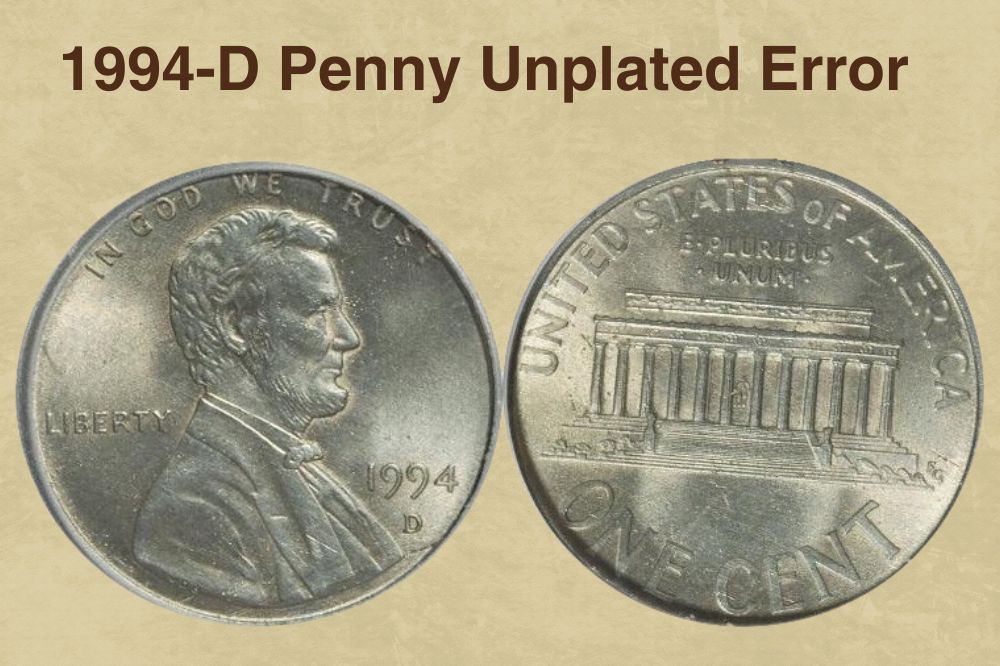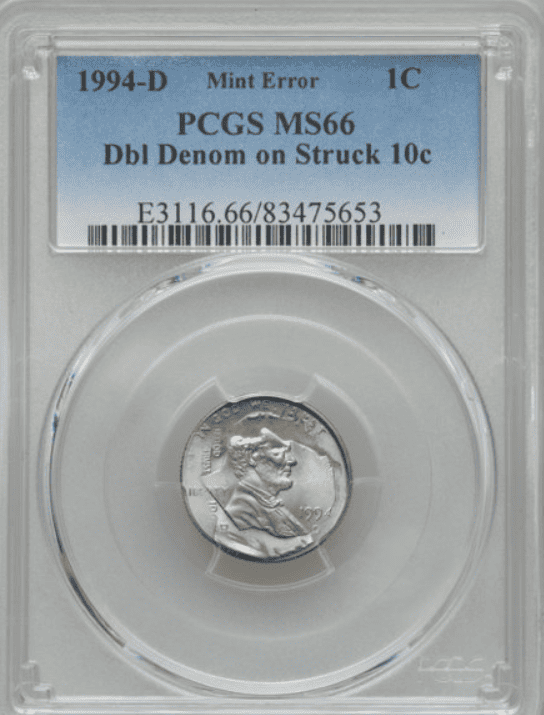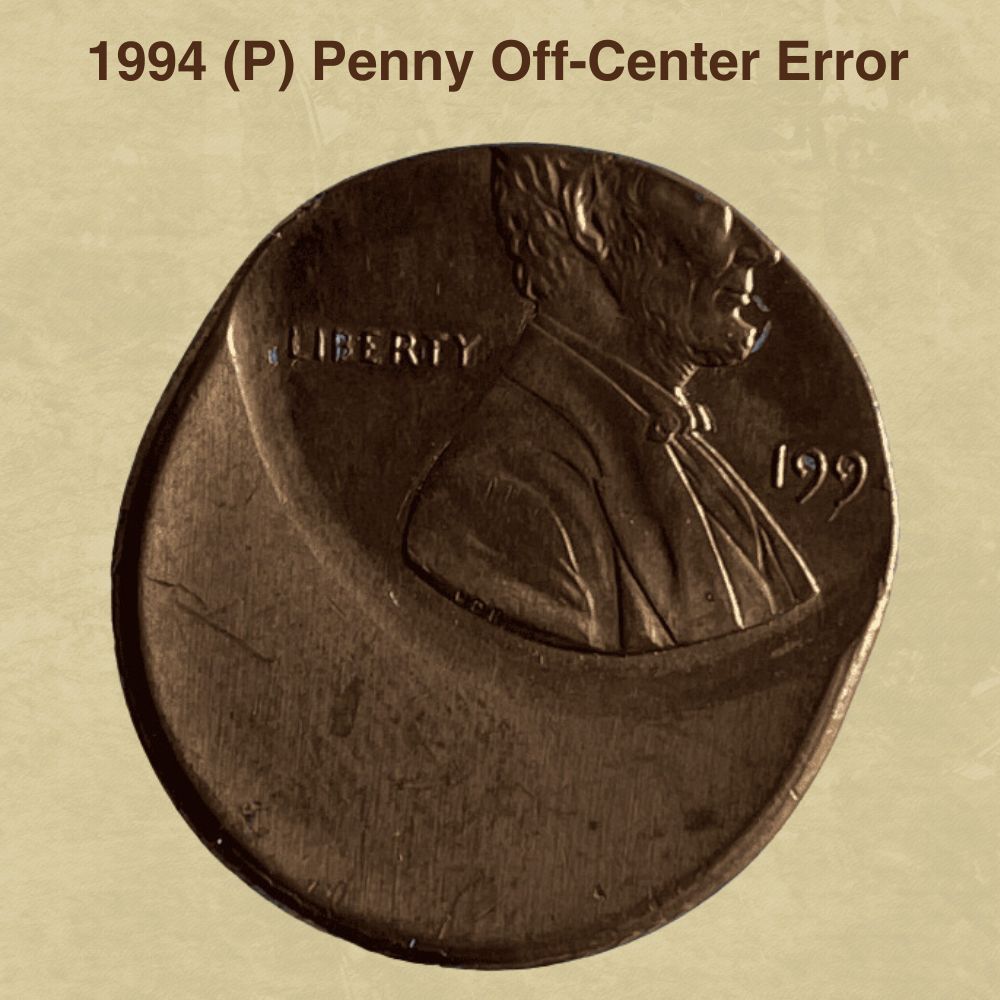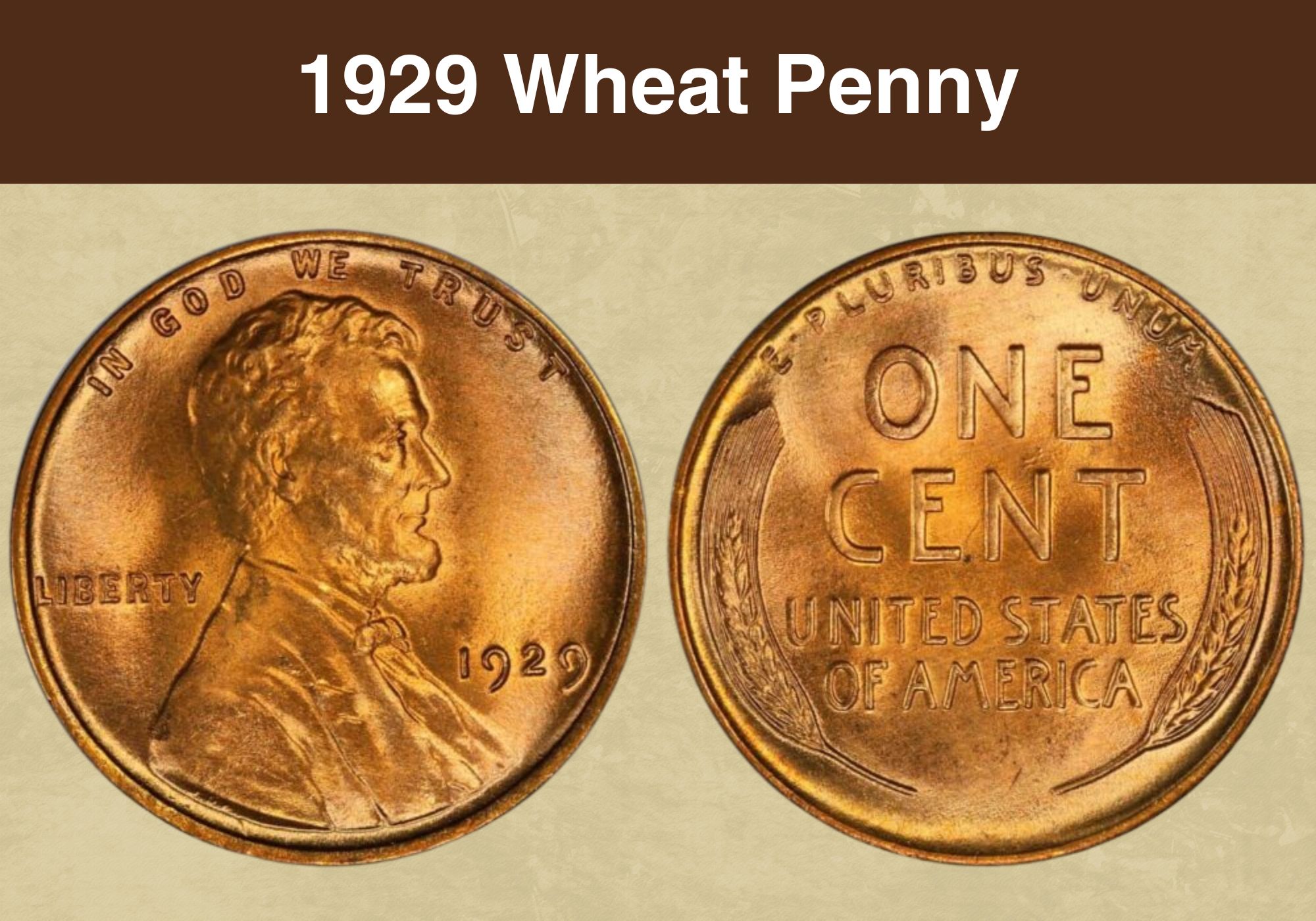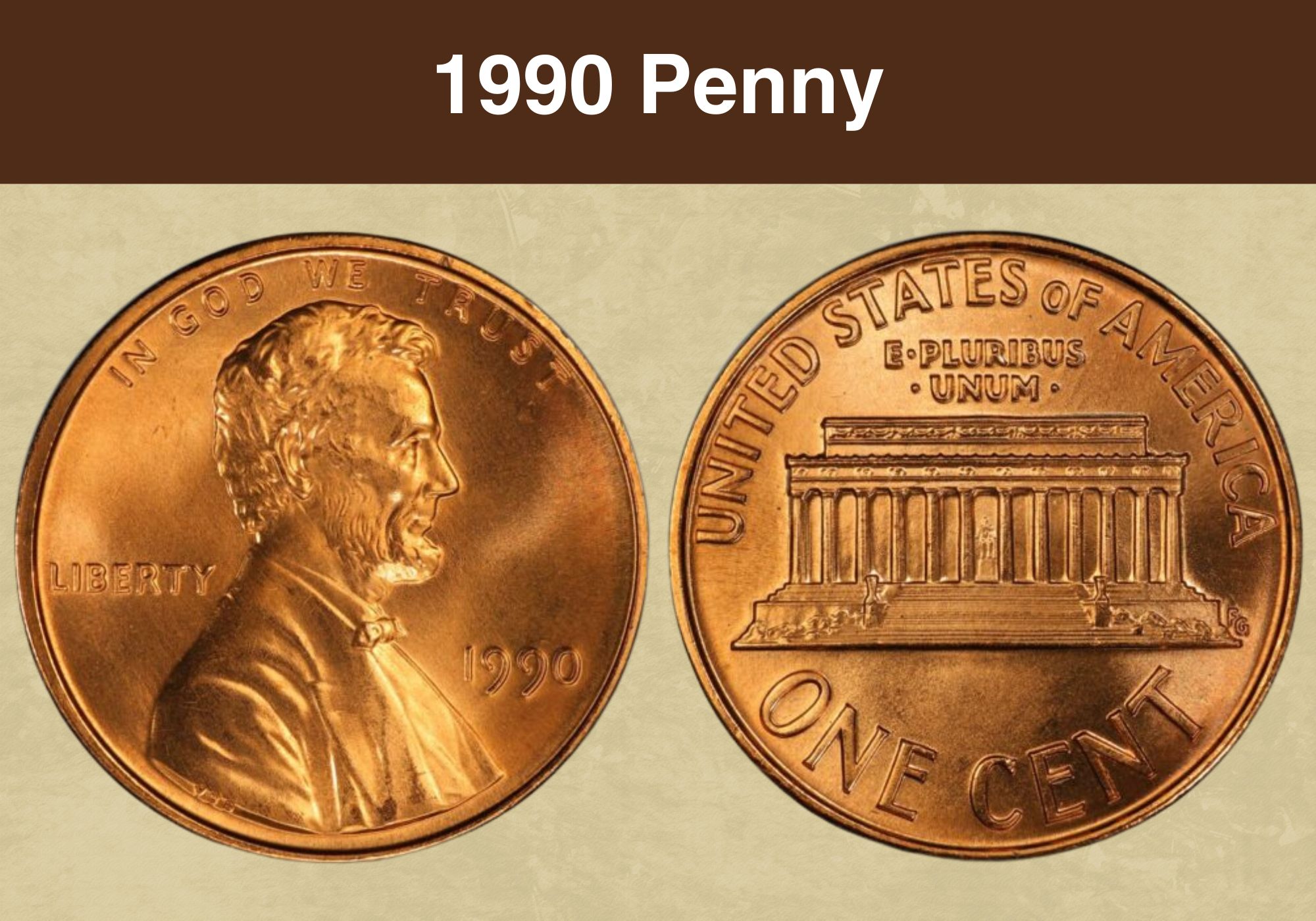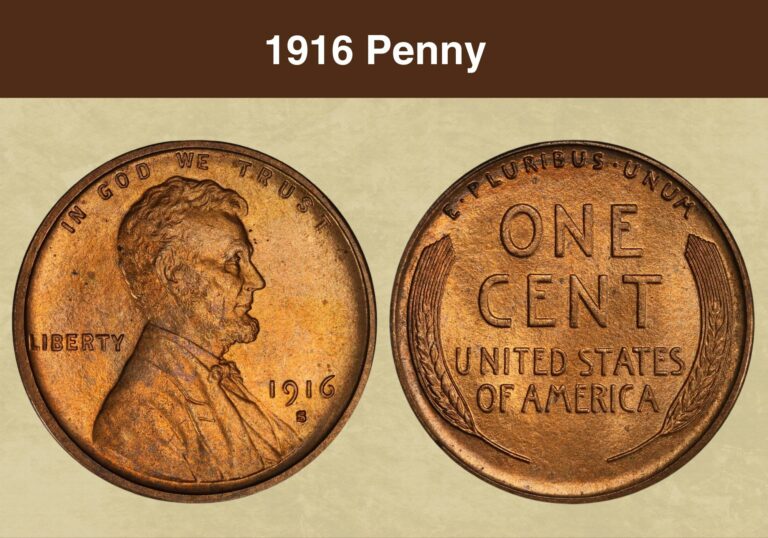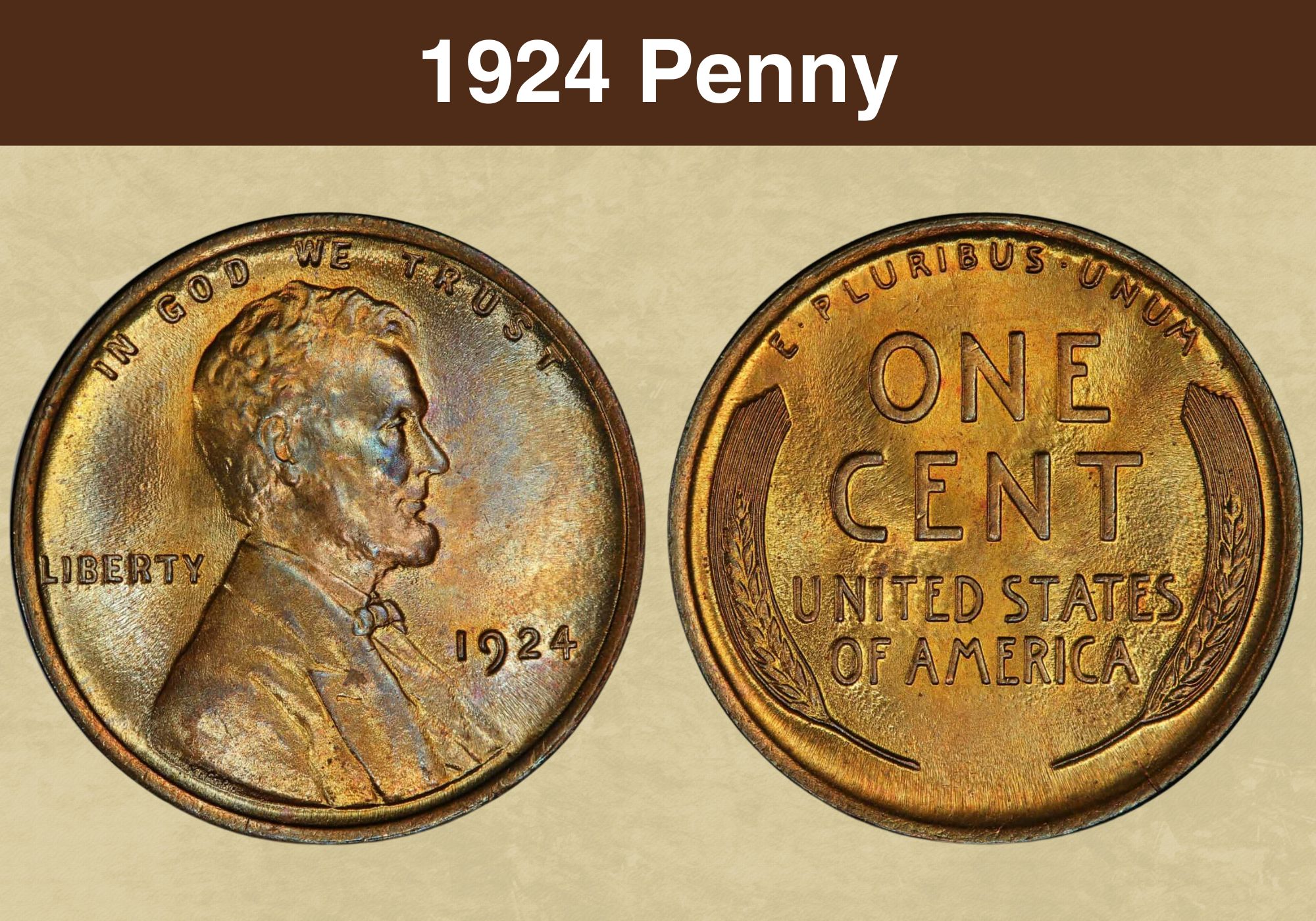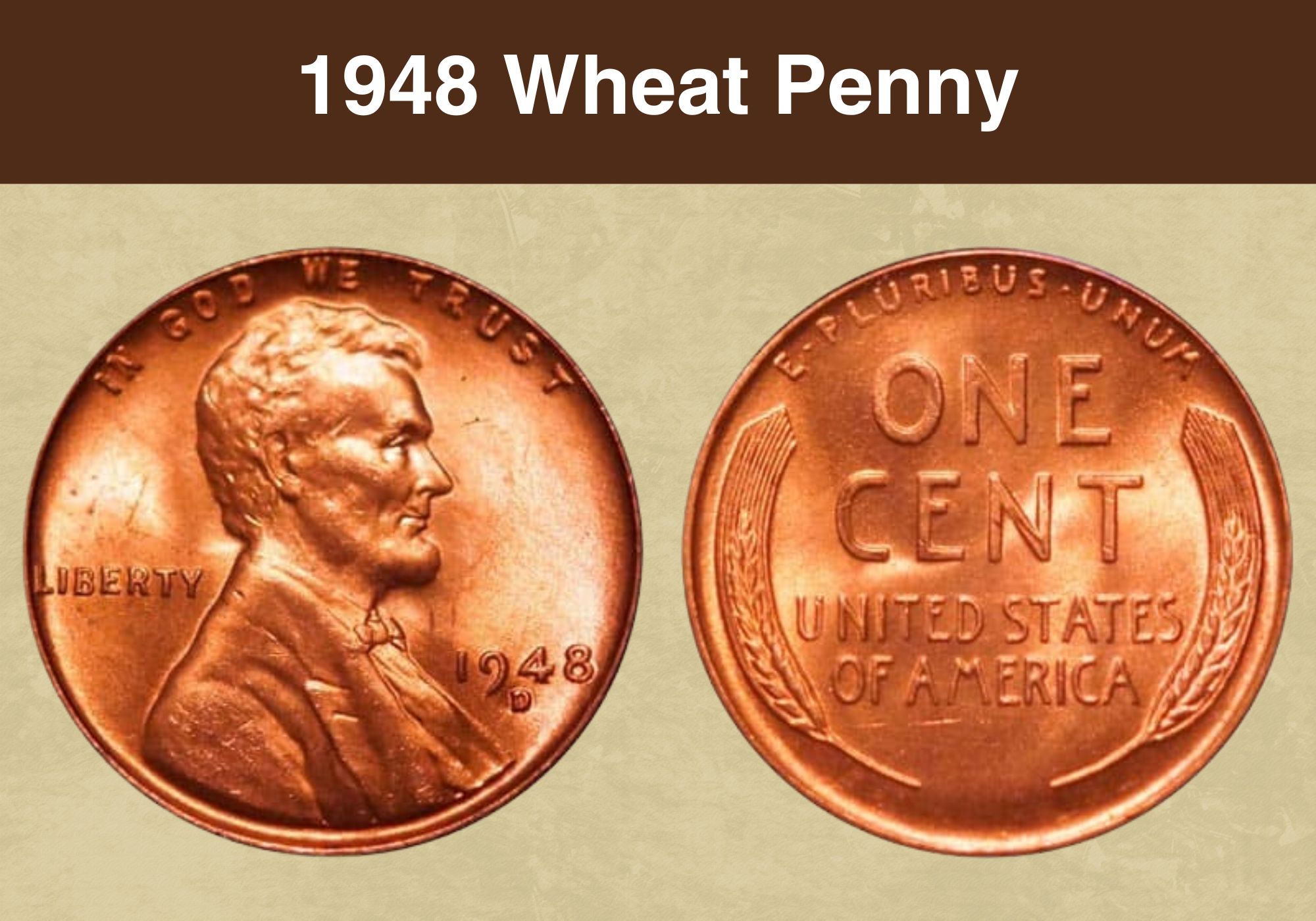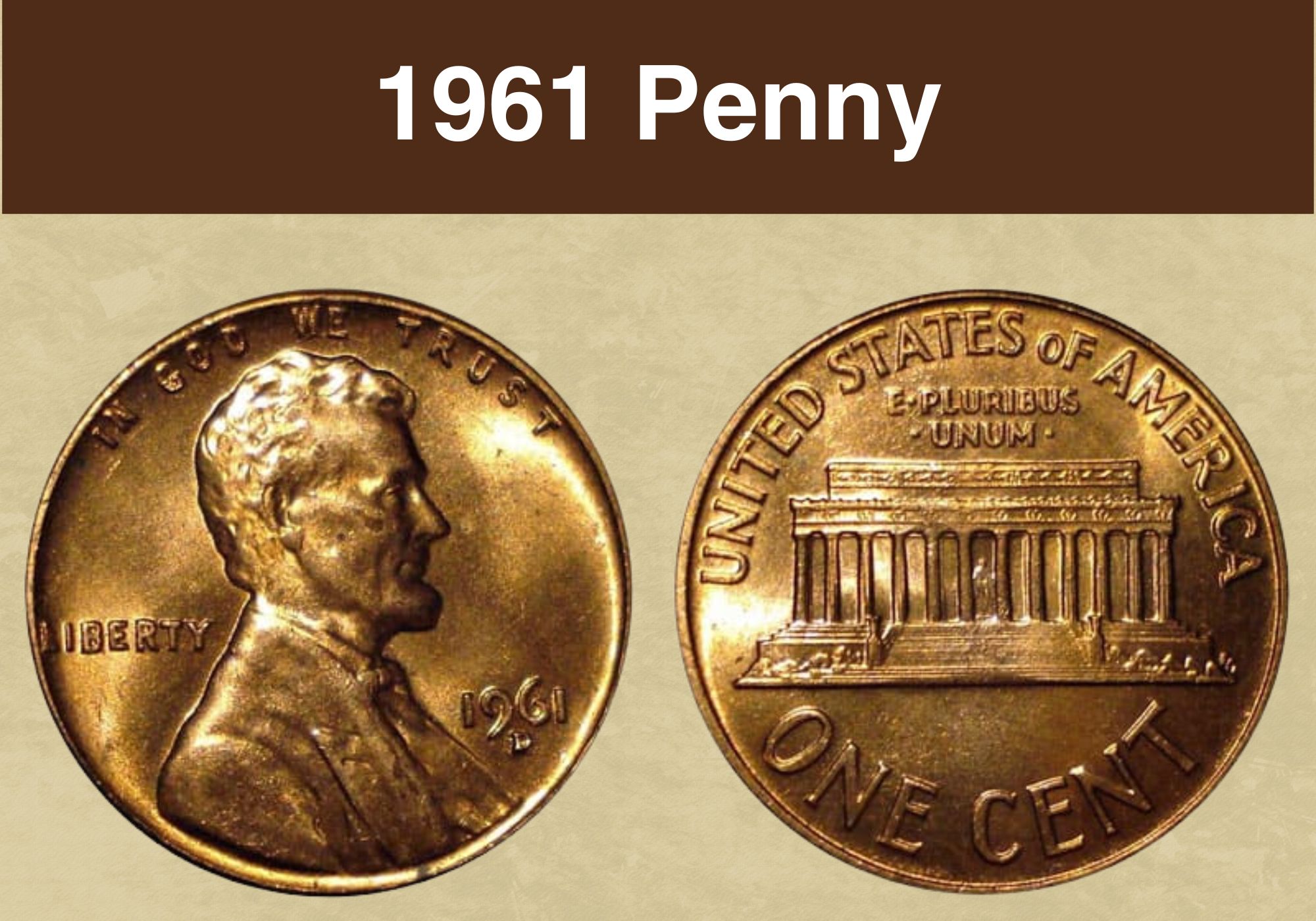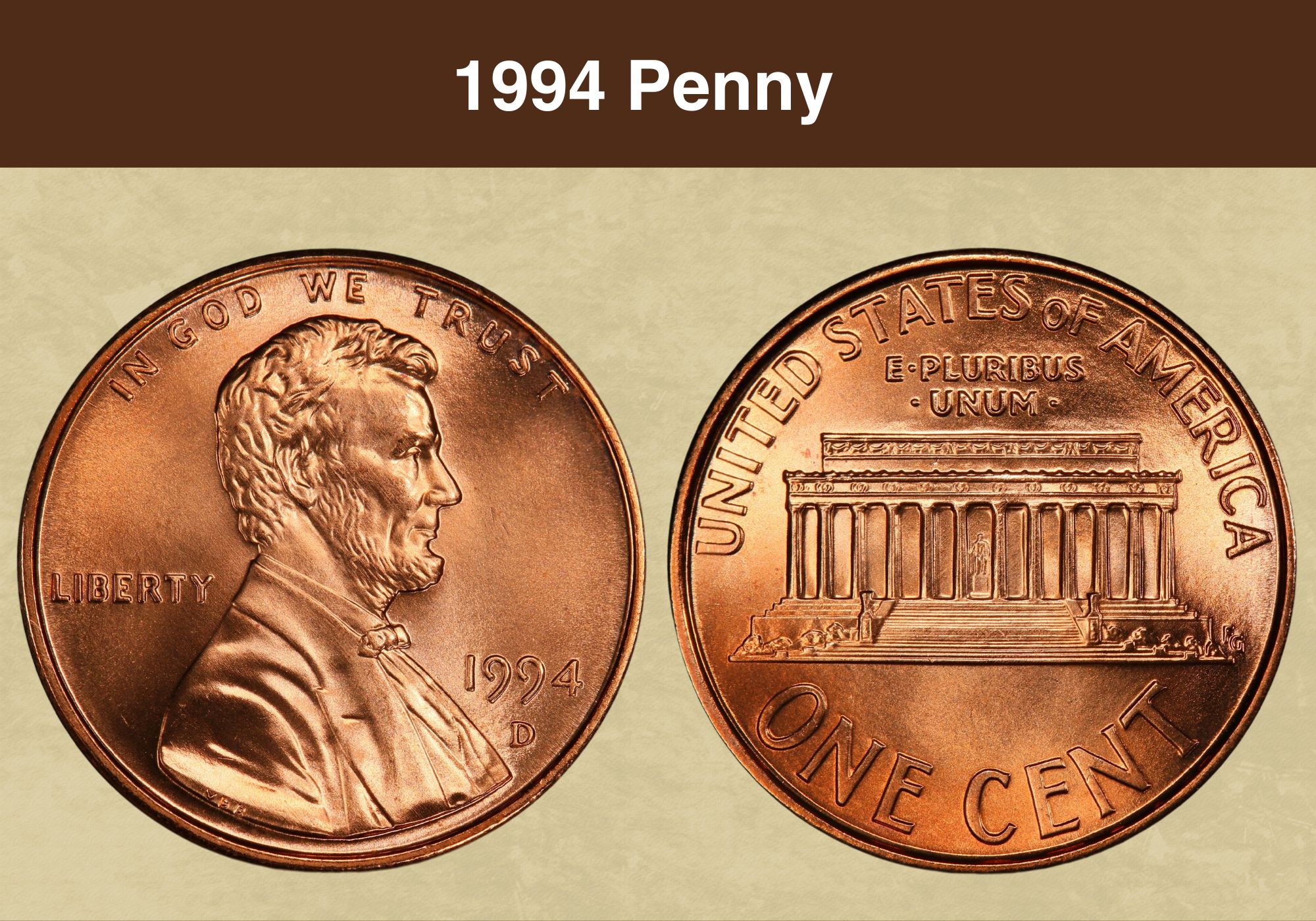
Coin Value Contents Table
Pennies minted in 1994 can have special value to collectors if certain indicators are present. Check first for a mint mark – coins struck at the Philadelphia, Denver, or San Francisco Mints are more noteworthy.
Next, inspect the coin closely for any errors like off-center strikes or doubled die errors. These can significantly increase value. Also evaluate the condition – circulated pennies have little premium, while uncirculated coins fetch much higher prices.
Rarity also impacts value, with lower mintage proof and uncirculated 1994 coins worth more. So, Let’s begin our 1994 penny price guides to know the value above the face.
1994 Penny Value Chart |
||||||
| Coin | MS 65 | MS 66+ | MS 68 | MS 68+ | MS 69 | PR/PF 70 DCAM |
| 1994 No Mint Mark Penny | $10 | $20 | $225 | $1,600 | $13,000 | – |
| 1994-D Penny | $10 | $16 | $90 | $400 | $3,750 | – |
| 1994-S Proof Penny | $4 | $5 | $7 | $8 | $14 | $42 |
History of the 1994 Penny
At this point, pennies are purely decorative. It costs nearly 3c for the US Mint to produce one, and they can’t actually buy anything. But most of the coins in circulation have a faux silver or faux gold coat, so the vivid red of copper coins still has visual appeal. It’s also a sentimental coin because it’s cheap enough for kids – even toddlers – to start a collection.
That said, in terms of investment potential, the 1994 Penny isn’t worth much. So before we look into that, let’s review the history of this 1c coin. It was introduced in 1909 to replace the Indian Head Cent. And it was the first circulating coin to feature a portrait of a US President because George Washington and Benjamin Franklin had previously objected to this practice.
Ironically, once Abraham Lincoln opened the floodgates by appearing on the penny, Franklin and Washington would follow in the next few decades. The production of this penny, better known as the Lincoln Cent, served another purpose too. The sitting president, Theodore Roosevelt, wanted American coins to be prettier. His revamp included presidential portraits.
Conceptualizing the Lincoln Cent
The first Lincoln Penny was designed by Victor David Brenner, taking over a project started by his deceased boss and mentor, Augustus Saint-Gaudens. Saint-Gaudens had designed a striding Lady Liberty for the penny, but the mint opted to use that visual in the Double Eagle instead (i.e. the $20 Gold Coin). This left Brenner to produce an alternative for the penny.
He was instructed to put Abraham Lincoln on the obverse (heads side). For the back aka the reverse, he started with a tree branch he had copied from the French Silver coins that were circulating at the time. When the mint shot that idea down, he swapped it for durum wheat, hence the Wheat Cent. In 1959, that changed to the Lincoln Memorial by Frank Gasparro.
The 1994 Penny still had Lincoln on the front and his memorial building on the back. And unlike the original which was 95% copper hardened with 5% zinc and/or tin, this one only had 2.5% copper to retain its trademark color. The rest of the coin was made of zinc to beat the rising price of copper. Despite this measure, the penny eventually overshot its face value.
Also read: 12 Most Valuable Lincoln Penny Worth Money
Features of the 1994 Penny
We’ve already dipped into the technical terms describing coin features. Beyond the obverse and reverse, the thin side is called the edge and it sometimes has reeds. The raised border is the rim or collar, the words on the coin are mottos or legends, the images on the coin are devices, and the background is the field. Coins are made from blank discs called planchets.
The Obverse of the 1994 Penny
It shows Abraham Lincoln facing right. The motto In God We Trust is above his head while the legend Liberty is on the left, behind his back. The mint date and mint mark are on the right, in front of his chest. His shoulder cut-off has VDB for designer Victor David Brenner.
The Reverse of the 1994 Penny
It shows a full frontal of the Lincoln Memorial Building, with Lincoln’s Statue visible through the central columns. The right corner of the steps has FG for Frank Gasparro. The top of the coin says United States of America followed by E Pluribus Unum. The bottom says One Cent.
Other Features of the 1994 Penny
As we mentioned, the 1994 Penny was 97.5% zinc topped with 2.5% copper. It weighed 2.5g and measured 19.05mm in diameter. The edge has no reeds so it’s described as smooth or plain. As a copper coin, color quality ranges from red through reddish-brown down to brown.
Also read: 13 Most Valuable Wheat Penny Worth Money
1994 Penny Grading Guides
All coins are graded using a variant of the Sheldon Scale that goes from 1 to 70, with 1 being Poor and 70 being Mint State. And in some places, any coin higher than 50 is defined as Uncirculated. But as we said, pennies have an additional description to show the color of the coin. Red (RD) is the highest, followed by reddish-brown (RB), and brown (BR or BRN).
| # | Grade |
|---|---|
| 1 | Basal State-1 |
| 2 | Fair |
| 3 | Very Fair |
| 4, 5, 6 | Good |
| 7, 8, 10 | Very Good |
| 12, 15 | Fine |
| 20, 30 | Very Fine |
| 40 | Extremely Fine |
| 50 | About Uncirculated |
| 60 | Mint State |
| 65 | Mint State |
| 70 | Mint State |
Please check our grading guides to know your coin scale, It’s the necessary step to know the exact value of your coin.
Check out now: How to Grade Lincoln Wheat Penny?
1994 Penny Value Guide
In 1994, the US Mint made pennies in Philadelphia, Denver, and San Francisco. But while other denominations had finally acquired the P Mint Mark, pennies remained unmarked. This is important because minting location can influence the value of any coin. Other factors include mintage figures, rarity, errors, and the date when you sell your coin. So let’s explore!
1994 No Mint Mark Penny Value
In 1994, the Philadelphia Mint made 6,500,850,000 Pennies without mint marks. And while eBay is an easy place to sell yours, their prices aren’t always accurate. On 21st October 2021, an eBay vendor sold an MS 69 BN for $195. But twenty years ago, an MS 62 RD was $1,035 on 30th July 2003. Today, an MS 69 RD is worth $13,000 while an MS 65 RD is just $10.
1994-D Penny Value
The Denver Mint made 7,131,765,000 Pennies in 1994. They all had the D Mint Mark. On 22nd September 2010, an MS 68 RD sold for $633. But in September 2023, more than 150 coins have shown up in that grade so their value estimate is now $90. Half a step up, the only known MS 68+ RD goes for $400, while the four MS 69 RDs are each worth $3,750 in 2023.
1994-S Proof Penny Value
The earliest Lincoln Proof Pennies were matte proofs. They were made via sandblasting, a technique from France because this new Lincoln Cent was too curvy. But starting in 1936, we figured out how to make mirror-like proof pennies with special proof dies. For the glossy bits, we scrubbed the die with horsehair brushes. The frosting was either acid pickling or lasers.
1994 counts as an ultra-modern coin textured with computer lasers so they all retain their Deep Cameo or Ultra Cameo status. On acid-wash coins, the frosting faded every time the die hit a blank so by the 100th coin, the field-device contrast was down to Cameo followed by normal proofs in red, brown, or red-brown. The San Francisco Mint made 3,269,923 in 1994.
They all had the S Mint Mark, and twenty years ago, a PR 70 DCAM sold for $1,955 on 21st November 2002. Since then, more than 750 coins have been submitted to PCGS, so their value today is only $42 despite being the highest possible grade. As for PR 69 DCAM, nearly 9,000 coins have been sent to PCGS, so each coin’s value in September 2023 is a paltry $14.
Also read: 17 Most Valuable Indian Head Penny Worth Money
Rare 1994 Penny Errors List
When a coin is first released to the public, numismatists and investors look at it closely to spot and report any errors. Mint mistakes verified within the first 30 days get an FS number which makes them more valuable than later coin flaws. Let’s look at some 1994 Penny Errors starting with the famous FS-801, a proven case of reverse hub doubling, also known as DDR.
1994 (P) Penny DDR
DDR means doubled-die reverse. It’s a hub doubling error that happens when the die moves between hub strikes, creating a double-vision effect that gets copied onto all the coins made from that die. You can spot the doubling by checking the columns of the Lincoln Memorial Building. On 17th June 2010, an MS 66 RD sold for $2,875. Today, an MS 67 RD is $2,050.
1994 (P) Penny Incomplete Plating Error
As we’ve seen, most American coins are copper on the inside and cupronickel on the outside. But pennies are the opposite, with shiny grey zinc on the inside and a thin coat of copper on top. This coin has some of that copper cladding washed off the coin, revealing splotches of the zinc underneath. And it happens on both sides. Graded MS 64 RD, this penny was $95.
1994-D Penny Unplated Error
On the previous coin, something washed the plating off three sections of the penny. But on this one, the entire coin is unplated on both sides so all you can see is the inner zinc layer. It’s an attention-grabbing coin but it’s not a very expensive one, selling for $150 in MS 65. You might mistake it for a Steelie (1942 to 1944) or an aluminum penny, so check the mint date.
1994 (P) Penny Broadstruck Error
The retaining collar or rim of a coin is an important functional feature. It facilitates coin stacking and maintains consistent face value by keeping all coins in the exact same shape, width, and thickness. But sometimes, the collar gets deformed so the rim ends up looking thinner and flatter. This is called a broadstrike, and in MS 64 RD, this penny sold for $65.
1994-D Penny Double Denomination Struck on a Dime
When a coin is complete, it’s pushed into a coin vat where it’s sorted, counted, and taken out of the mint. But coins sometimes sneak back into the mint and get stamped again. And on occasion, they end up with design details of a different denomination. This coin was struck as both a 1c and a 10c coin so it has Lincoln and FDR at 90°. Graded MS 66, it sold for $940.
1994 (P) Penny Overstruck on a 1994-P Dime
On the coin above, the dime and penny were struck at right angles but their obverses and reverses matched. Here, the dime both rotated and flipped before the penny dies struck it. So it’s a double denomination coin but the design was struck back-to-front. You can see traces of the denomination, One Dime, under Lincoln’s portrait. Graded MS 66, it sold for $1,495.
1994 (P) Penny Struck on a Dime Planchet
The two previous two errors have a penny struck on a dime that had already finished its tour of the mint. But in this case, the penny was struck on a blank intended for a 10c coin. It hadn’t been struck yet, but since dimes are smaller than pennies, part of the design detail got sliced off the coin. Also, the weight (2.26g) and color were wrong. In MS 66 it sold for $750.
1994 Penny Double Struck Error
Coins have to be struck multiple times to ensure the designs get copied correctly. But these strikes are meant to land on the exact same spot to simulate a single strike. If the completed coin moves and gets struck again, it’s a double strike. A 1996 (P) MS 62 RD that’s 85% Off-Centre was $45. An MS 62 RD at 70% was $180 while a 1996-D MS 64 RD at 75% was $150.
1994 (P) Penny Off-Center Error
Double strikes and off-center coins are similar because they both happen when the coin or blank shifts while the dies are raised. But with off-center errors – aka misalignments – the planchet moves before the first strike, so part of the coin stays unmarked. A 50% ungraded one sold for $17 on eBay while a 25% MS 65 RD was $36. A 70% MS 62 RD went for $40.
1994 (P) Penny Rotated Die Error
Usually, the obverse and reverse die hit the planchet at the same time. And the two dies are positioned in a 180° rotation so if you flip the coin vertically, the device on both sides stays upright. On this coin, one of the dies rotated slightly so when you turn the coin over, the device slants sideways. It’s not an expensive error though. Ungraded, it was $27.57 on eBay.
1994 (P) Penny Foldover Error
For a coin to be properly struck, feeder fingers nudge it into position smack between the dies. But this happens hundreds of times a minute and sometimes the speed forces the blank to land vertically. So when the dies bash that standing coin from both sides, it gets smashed into a half-circle, also known as foldover error. In MS 66 RD, this one sold for over $1,100.
Also read: 11 Most Valuable Wheat Penny Errors
Where to Sell Your 1994 penny ?
Now that you know the value of your coins, do you know where to sell those coins online easily? Don’t worry, I’ve compiled a list of these sites, including their introduction, pros, and cons.
Check out now: Best Places To Sell Coins Online (Pros & Cons)
1994 Penny FAQ
What was the Error on the 1994 Penny?
The best-known error on the 1994 Penny is the FS-801 DDR. The doubling shows up as extra lines between the pillars across the front of the entrance hall. An MS 66 RD sold for $2,875 in 2010 but PCGS has received ten coins in that grade so their value in September 2023 is down to $1,000. Meanwhile, five coins have shown up in MS 67 RD, estimated at $2,050.

